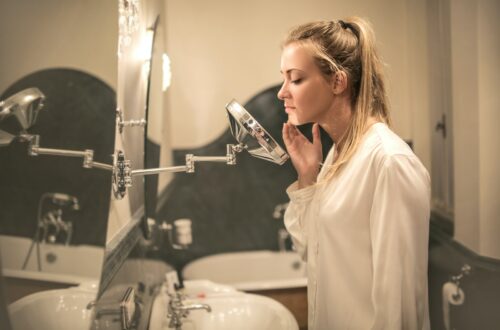
Genital Candidiasis – Vaginal Yeast Infection
Candidiasis, also known as a “yeast infection”, is a common fungal infection that occurs when there is overgrowth of the fungus called Candida. Candida is always present in the body in small amounts. However, when an imbalance occurs, such as when the normal acidity of the vagina changes or when hormonal balance changes, Candida can multiply. When that happens, symptoms of candidiasis appear. Women with yeast infections usually experience genital itching or burning, with or without a vaginal discharge.
The symptoms of yeast infections are similar to those of many other genital infections. Making a diagnosis usually requires laboratory testing of a genital swab taken from the affected area by a physician. Nearly 75% of all adult women have had at least one genital “yeast infection” in their lifetime. Yeast infections occur more frequently and more severely in people with weakened immune systems.
Most cases of Candida infection are caused by the person’s own Candida organisms. Candida yeasts usually live in the mouth, gastrointestinal tract, and vagina without causing symptoms. Symptoms develop only when Candida becomes overgrown in these sites. Rarely, Candida can be passed from person to person, such as through sexual intercourse.
Antifungal drugs which are taken orally, applied directly to the affected area, or used vaginally are the drugs of choice for vaginal yeast infections. These drugs usually work to cure the infection at 80%-90% success rate. Prolonged and frequent use of these treatments can lessen their effectiveness. Overuse of these antifungal medications can increase the chance that they will eventually not work (the fungus develops resistance to medications). Therefore, it is important to be sure of the diagnosis before treating with over-the-counter or other antifungal medications.
How to Prevent Yeast Infections
Three out of four women will experience at least one yeast infection during her life, many experience recurrent infections. Practicing some of these prevention techniques may help reduce your risk.
Always wear cotton underwear. Nylon and Lycra may trap air and create a breeding ground for yeast. Never wear tights alone — always wear cotton underwear underneath.
Never use petroleum-based lubricants for vaginal lubrication during sexual intercourse. Always use water-based lubricants when vaginal dryness is an issue.
Always wipe from front to back after a bowel movement to prevent the yeast which normally inhabits the intestinal tract from being transferred to the vaginal area.
Don’t use perfumed bath products or powders in the vaginal area, these can cause irritations which can lead to infection.
Don’t use douches! Douches wash away the natural protective mucous of the vagina leaving the vagina more susceptible to yeast and other vaginal infections.
Eating one cup of yogurt a day helps some women prevent the yeast infections that often follow antibiotic treatment; however, eating yogurt will not cure a yeast infection.
At the first sign of yeast infection call your physician for prescribed medication. Never self-treat a yeast infection unless you have previously been diagnosed for a yeast infection.
Photo by Andrea Piacquadio from Pexels




